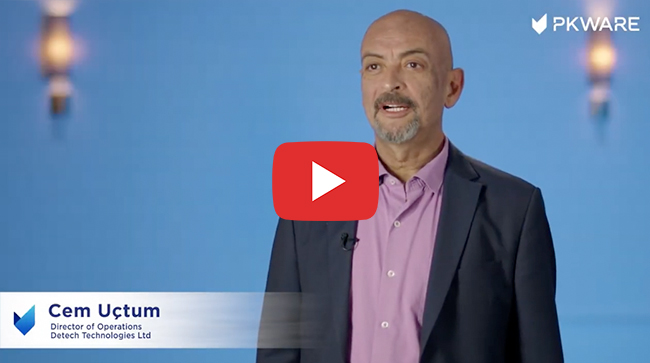Hadoop
Data Security for Hadoop Environments
Despite the growing use of the cloud, large organizations are still heavily leveraging large on-premises Hadoop environments. It’s still vital, then, to recognize the importance of securing on-premises Hadoop environments infrastructure. In a 2020 survey, BARC found that nearly half of Hadoop users were not using any tools for data governance or security.
Hadoop is a collection of open-source projects, sub-projects, and vendor-developed extensions that work together to enable data-centric applications.
Comprehensive Hadoop Coverage
Data-Centric Security for Hadoop
Hadoop offers powerful ways to improve data delivery, optimize costs, and detect fraud. Yet while Hadoop enables enterprises to turn data into valuable information faster, organizations need to be able to ensure that is done securely. With a broad range of tools to cover data ingest, data at rest, and data for analytics, PK Protect has been tested and certified for comprehensive Hadoop coverage. Available support includes FTP, Flume, Sqoop, Spark, Pig, HIVE, and standalone tools for R / ODBC connections.







